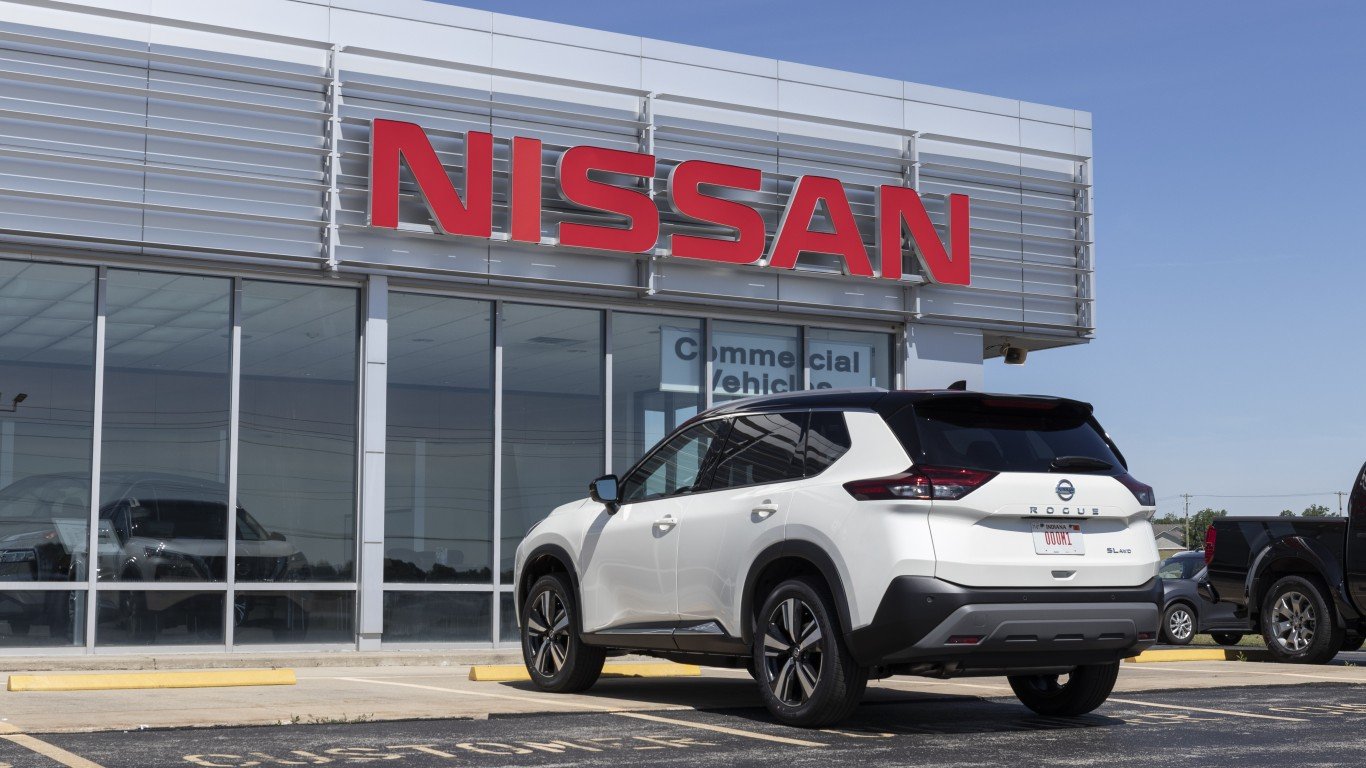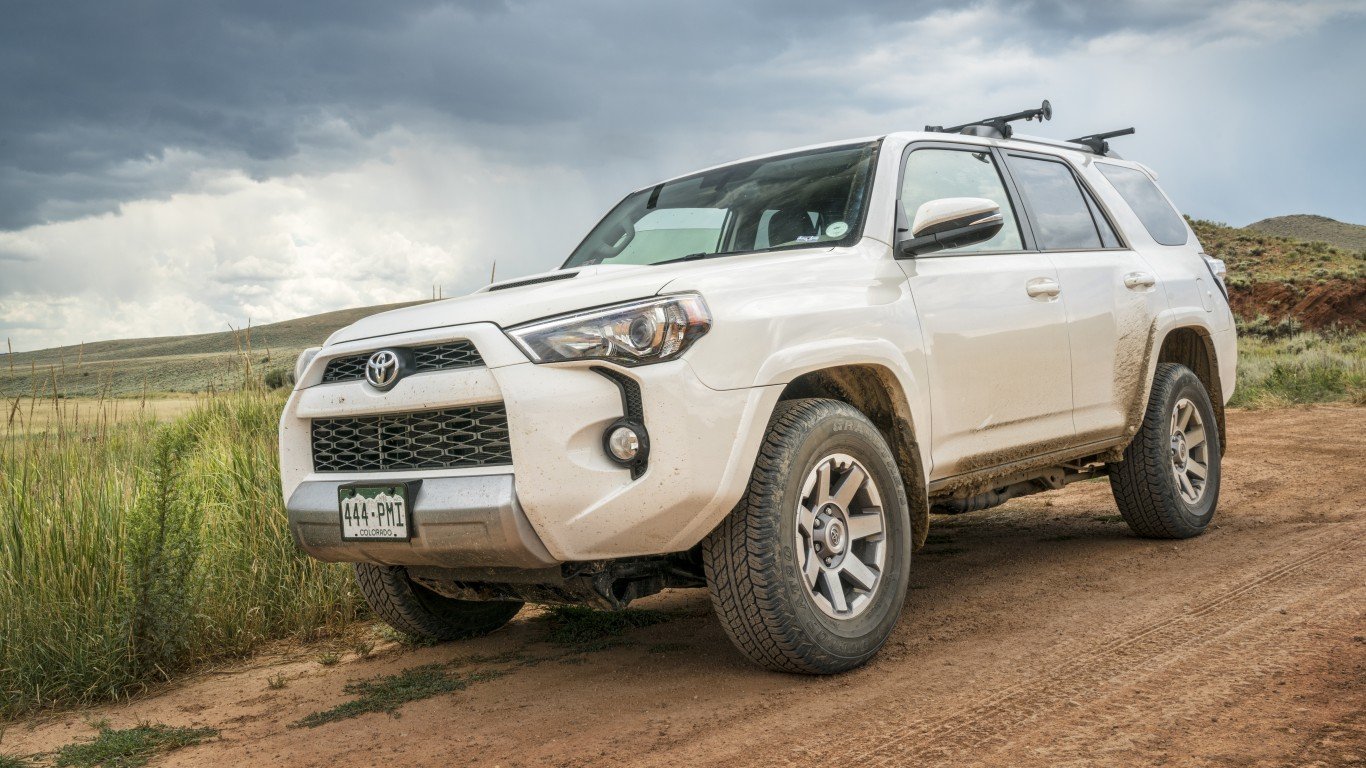

Available globally since 1984, the Toyota 4Runner has seen five different generations since its release. When it was first released, the 4Runner was closer to a compact SUV than the standard-size model it is today. Since 2016, the updated Toyota 4Runner has sold over 100,000 models every year and 2024 is expected to be no different.
If this looks like a good sign, it’s because the worst years for the 4Runner predate this period. However, this isn’t to say that 2016 and newer are the only models you should look at for used 4Runner models. Let’s take a deeper look at the best and worst years for the 4Runner as there might be some surprises.
Avoid: 2000
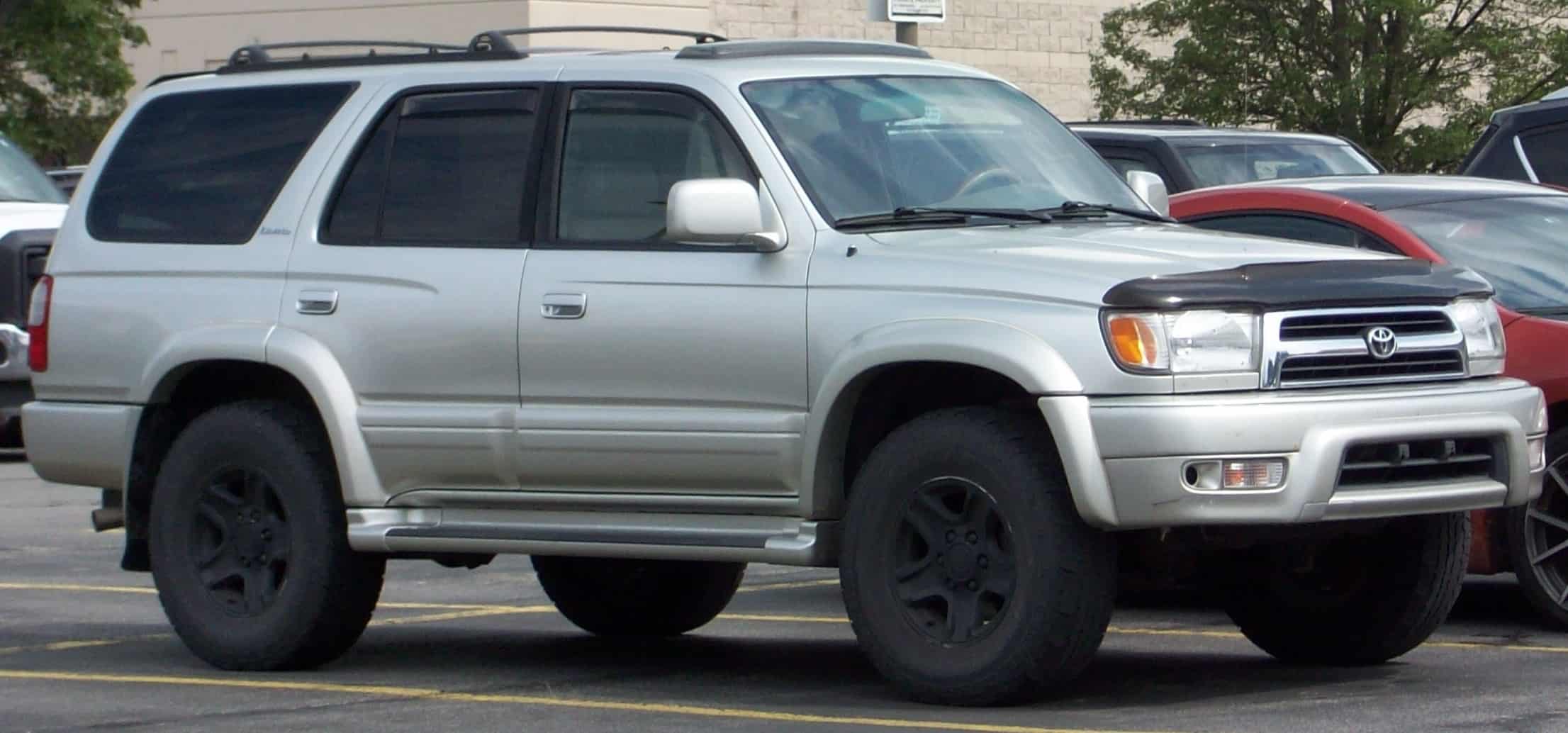
The first truly bad model for the 4Runner occurred in 2000 when it saw a total of 546 NHTSA complaints. This was the year that marked the beginning of a major owner issue with 4Runner frames quickly developing rust. There were 177 complaints related to this issue as well as overall body problems with the frame of the 2000 4Runner.
Accordingly, the poor frame issues can be related to as many as 5 vehicle crashes reported to the NHTSA. Out of these 5 crashes, 4 saw major injuries reported for drivers and/or passengers. Owners quickly learned that the rusted-out frames were a definite contributing factor to the frame issues.
Avoid: 2003
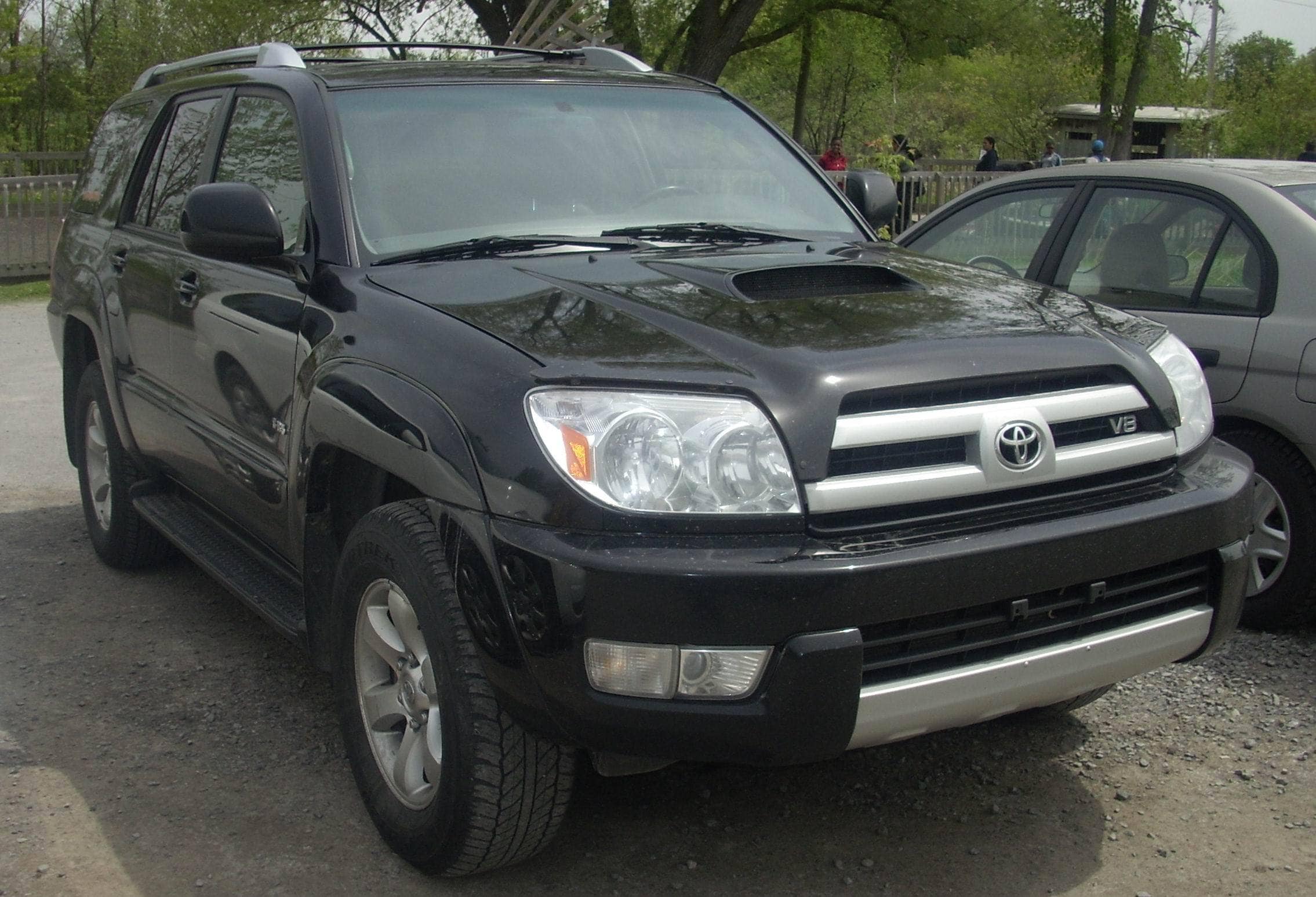
The first year of the Toyota 4Runner’s 4th generation, the 2003 model is one to avoid. On top of concerns over rust building up, the biggest issue was a head gasket problem. As this immediately affected how the vehicle ran, it quickly became a big issue according to CarComplaints.com.
So much so, that over 40 engine complaints were made to the NHTSA alone. Of the 805 total complaints, another 273 were made about the exterior of the vehicle, specifically about rust forming soon after purchase. Last but not least, dashboard cracks became prominent as well though these issues should have been covered under warranty.
Avoid: 2004
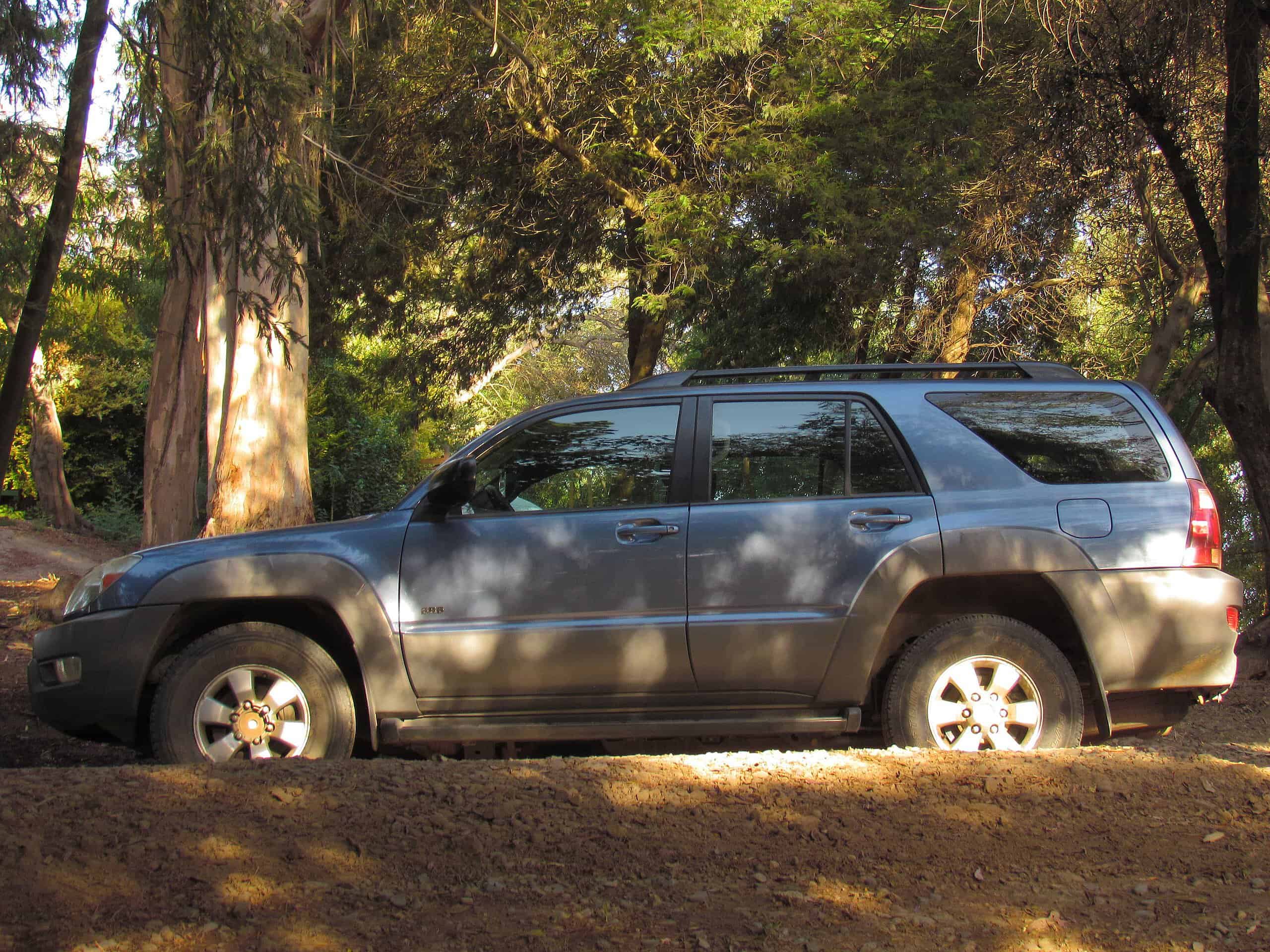
The year 2004 is widely considered to be the worst year for the Toyota 4Runner since its 1984 launch so stay far away from 2004 models. Among the 910 total NHTSA complaints, over 293 focused solely on the continuing rust and paint-peeling issues. However, this isn’t the worst part of it as CarComplaints.com notes that the 4Runner was receiving poor ratings for rear impacts.
While no deaths were reported, additional injuries were possibly the result of the poor rear impact test results. In addition, there were also 94 NHTSA complaints related to the antilock braking system not working properly, a major concern to any potential buyer. Lastly, dashboard cracks were still present in 2004 which frustrated owners after taking delivery.
Avoid: 2005
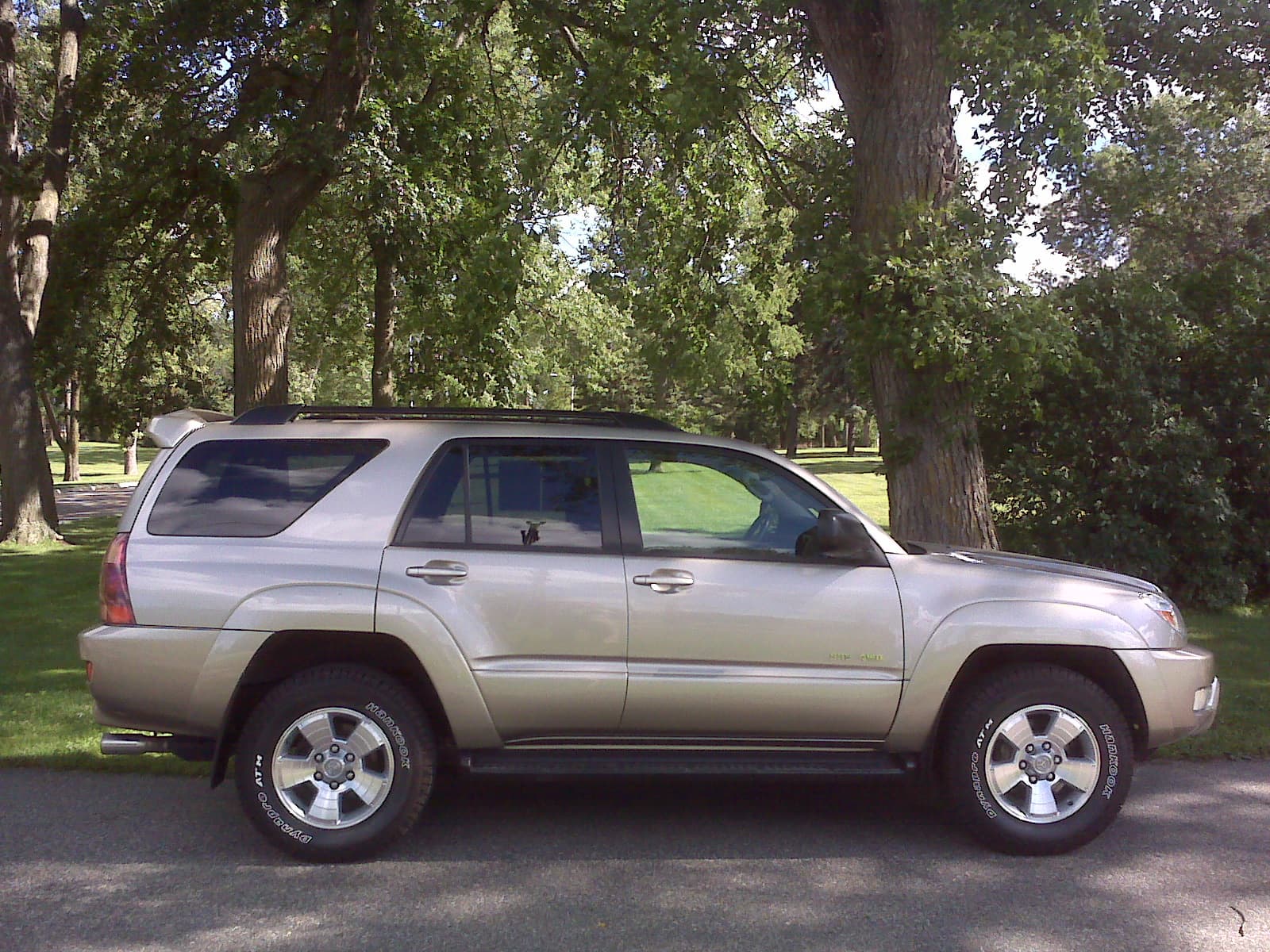
Continuing the bad luck streak for the 4th generation, the 2005 model represents the 4Runner’s third-worst year. Over 617 total NHTSA complaints were filed with another 181 focused yet again on rust and dashboard cracking issues. It’s clear at this point that Toyota wasn’t finding a quick fix as these issues were well-known to the manufacturer at the time.
However, rust issues were not the only problem in 2005 as the head gasket problems stuck around as did transmission failures. All of these issues could drive the price of repairs well into the $2,000 – $3,000 price range. Once again there is a definite emphasis on avoiding this model year if at all possible.
Avoid: 2006
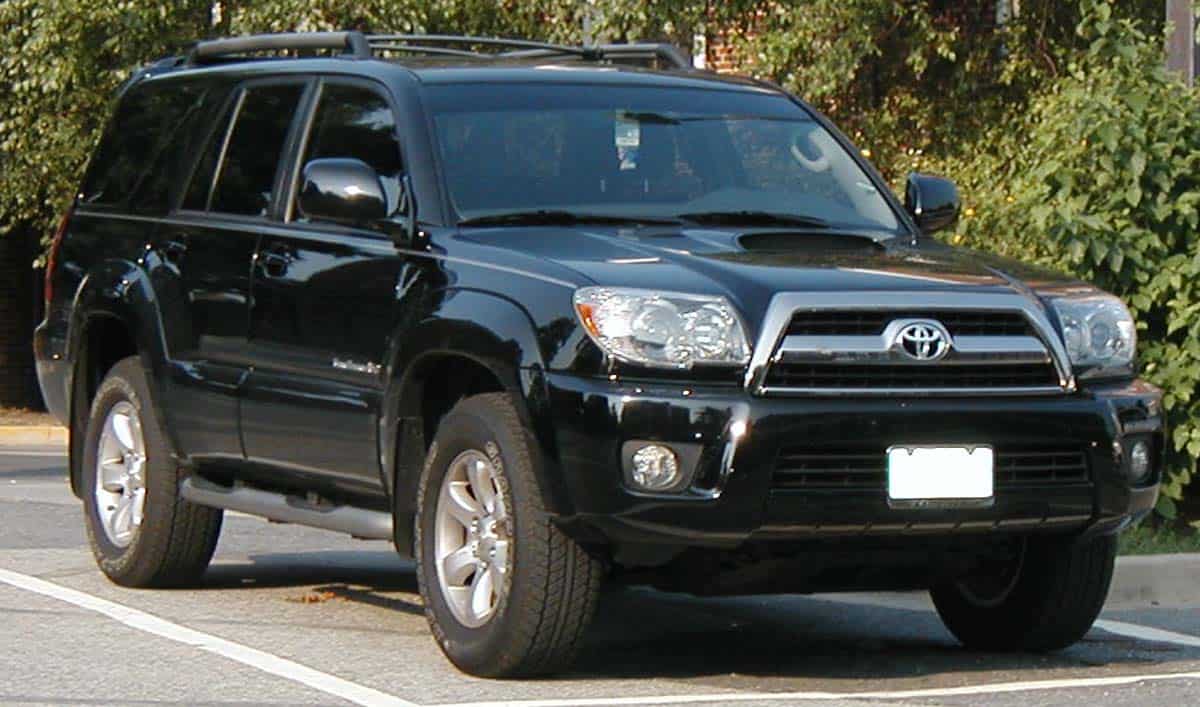
The last truly bad year of the 4th generation of the Toyota 4Runner was released in 2006. However, things were starting to turn a corner as the number of NHTSA complaints dropped to 137 around the paint and rust problems. However, this drop in complaints gave rise to other areas of concern, specifically around suspension problems.
At least 3 crashes have been reported as a result of suspension problems. The same goes for issues around rear impact, as the 2006 model continued to have poor test ratings for rear crash tests. Additional issues giving the 2006 model a bad rap include poor speed control, which resulted in 8 crashes and 4 major injuries.
Own: 2009

While it took some time, Toyota finally fixed many of the glaring issues that had been plaguing the 4th generation model. As a result, the 2009 model is one of the best models you can find used today. According to customer reports, the 2009 model didn’t have any additional major problems, even without any major upgrades to the model year.
Only 35 total complaints were made to the NHTSA that year, a dramatic drop from the 2003-2006 4th generation period. In fact, none of the complaints that were made even focused on the rust and body frame issues, a big win for Toyota. The only major concerns with this model focused on transmission shifts happening slower as the car passed 15 MPH.
Own: 2018
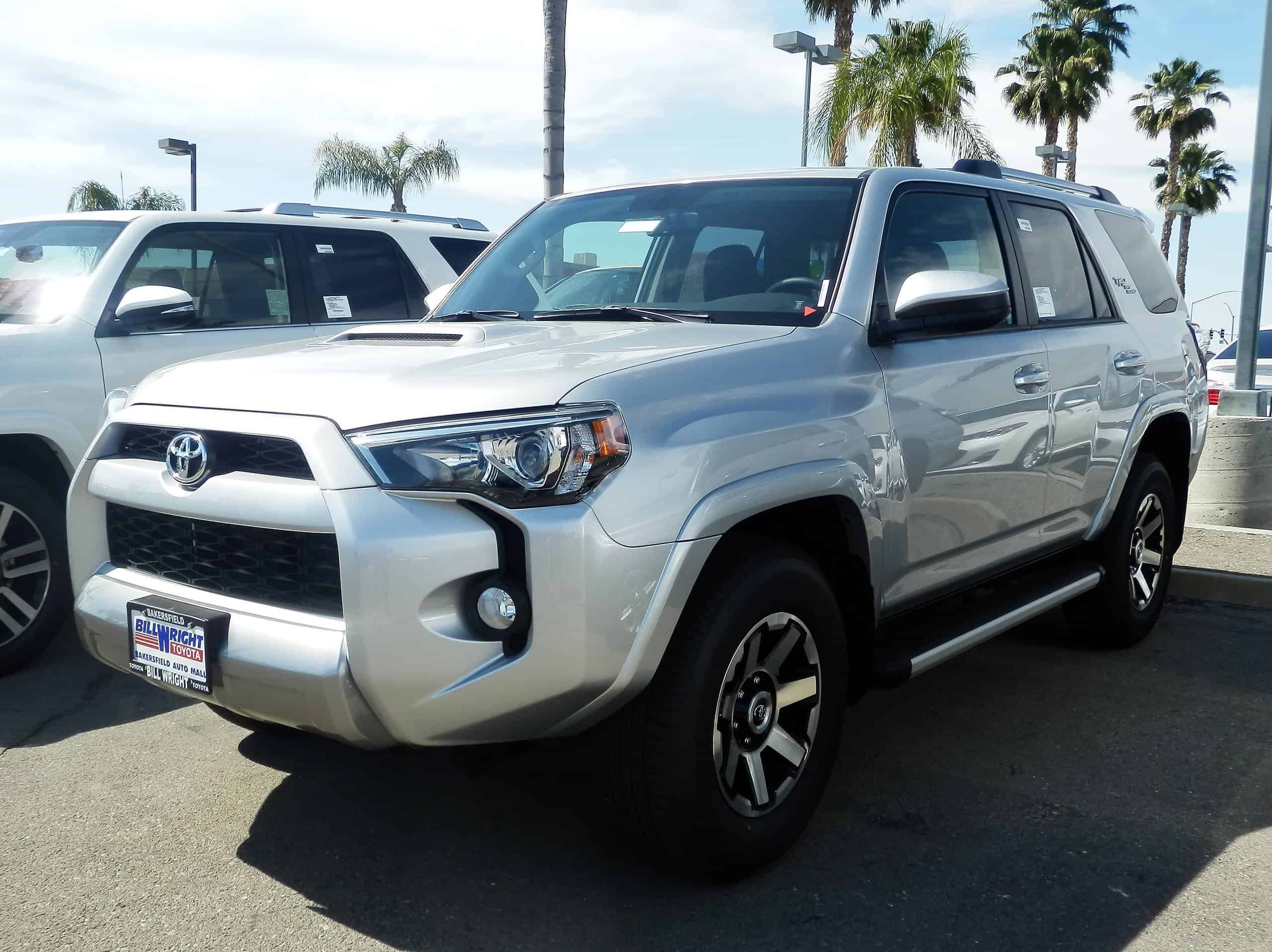
Fast forward a little bit in time and the next best Toyota 4Runner model to own is the 2018 model. Receiving only 67 total NHTSA complaints, Toyota finally found the beginnings of some magic for its largest SUV. While 2018 didn’t have any major improvements during its model release, it just worked. Part of the 5th generation that began in 2012 (and still ongoing), the overall design was very well received.
The rugged aspects of the 4Runner had been met with positive owner feedback, including very positive comments about smooth steering. Additionally, Toyota released six different trim levels with this vehicle, so there’s definitely something for everyone. You can even decide between 2 and 3 rows of seating in case you want more room for cargo.
Own: 2019
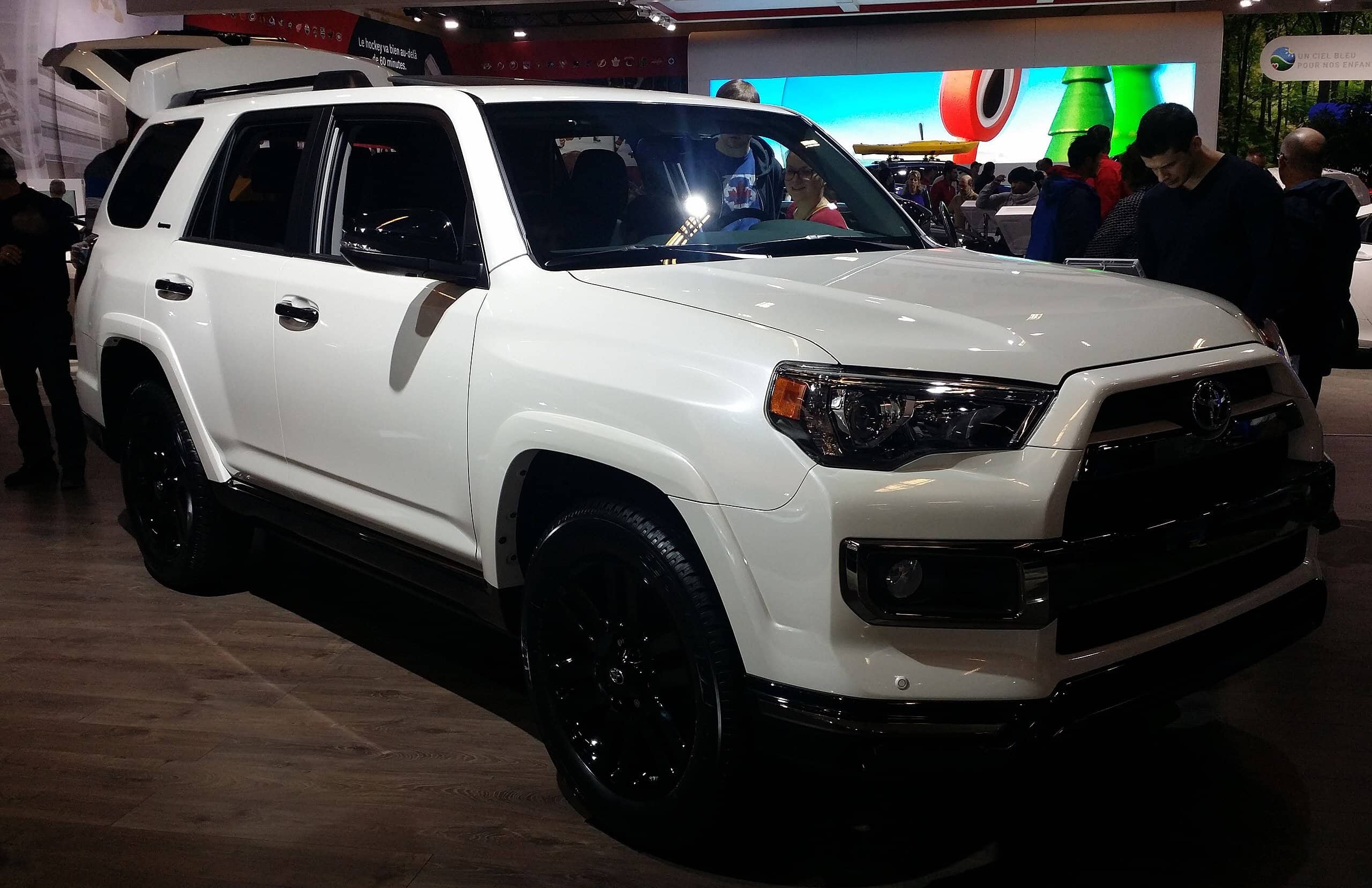
Considered one of the 4Runner’s best years, the 2019 model offers one fewer NHTSA complaint than 2018. As a result, the 2018 model is regarded as one of the most reliable of the 5th generation. A few complaints did surface over fuel line issues, but there are less than 5 complaints on this matter.
When you consider the 2019 model also continued the 4Runner’s stretch of outstanding off-road capabilities, it’s hard to say no to this model. At this price point and size, the 4Runner may very well be the best SUV for fans of outdoor activities. Plus, you get plenty of configurations to choose from to best match your budget.
Own: 2020
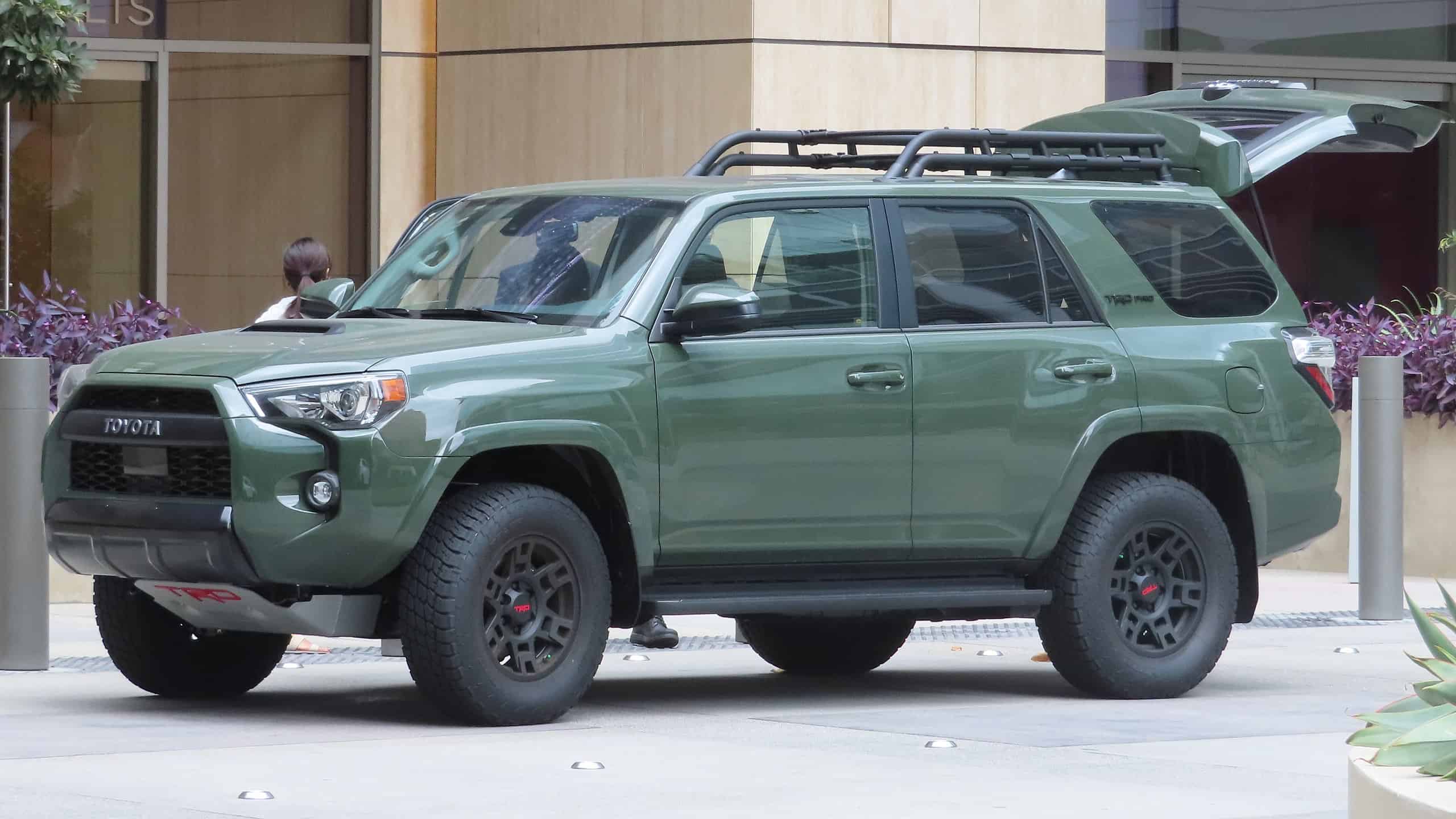
In 2020, NHTSA complaints were way down once again as Toyota’s 5th generation success continued. Only 32 complaints were filed in total, with only a handful of brake issues and airbag problems reported. Any time these issues result in less than 5 complaints, they are likely specific to the individual vehicle and not a sign of a broader problem.
As long as you built the right specs for you with the 4Runner or can find a used one, the price-to-value feature for the 4Runner in 2020 was exceptional. The interior remained spacious and its offroad capabilities continued to outclass the competition. The 5th generation needs an infotainment boost, but that can be overlooked for the outdoor opportunities.
Own: 2021
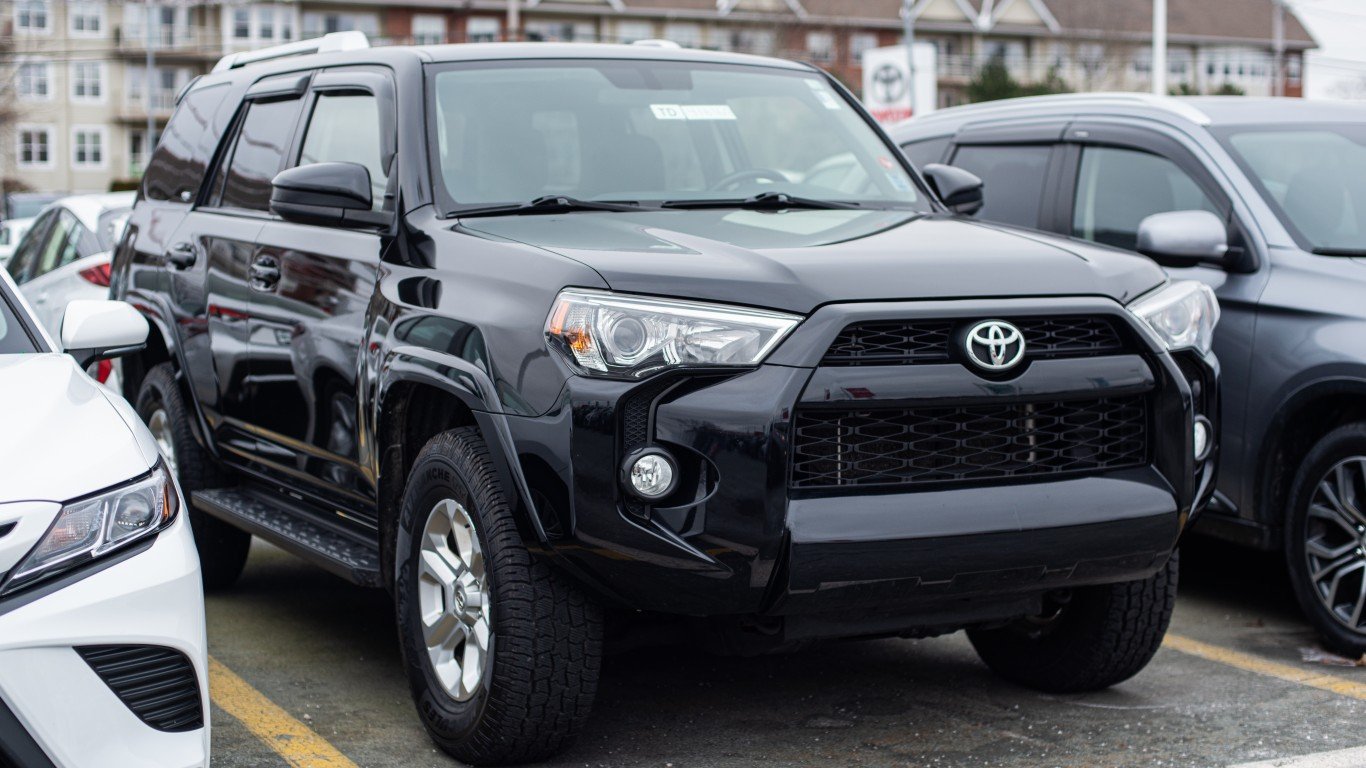
With only one major reported issue in 2021 and only 36 NHTSA complaints, the 2021 model is definitely on the list of models to buy. The one notable issue reported in 2021 was a passenger-side window exploding, but as this only happened in one car, it’s more likely a freak accident than anything else.
When you look at the roomy cargo area, plenty of standard driver assistance and safety features, plus its offroad potential, the 2021 Toyota 4Runner is an easy sell. Once again the 2021 models continued to remind buyers why the 4Runner was the best car in its category for staying on the road and off of it. If only Toyota could add a little better fuel economy.
Smart Investors Are Quietly Loading Up on These “Dividend Legends” (Sponsored)
If you want your portfolio to pay you cash like clockwork, it’s time to stop blindly following conventional wisdom like relying on Dividend Aristocrats. There’s a better option, and we want to show you. We’re offering a brand-new report on 2 stocks we believe offer the rare combination of a high dividend yield and significant stock appreciation upside. If you’re tired of feeling one step behind in this market, this free report is a must-read for you.
Click here to download your FREE copy of “2 Dividend Legends to Hold Forever” and start improving your portfolio today.
Thank you for reading! Have some feedback for us?
Contact the 24/7 Wall St. editorial team.



